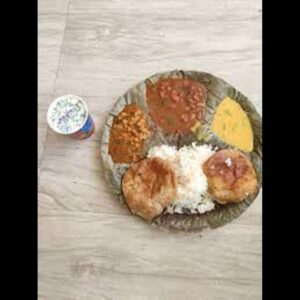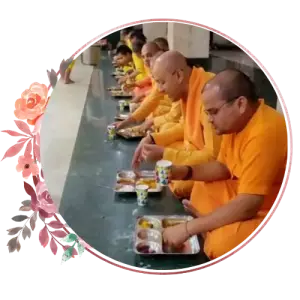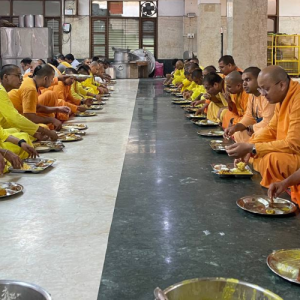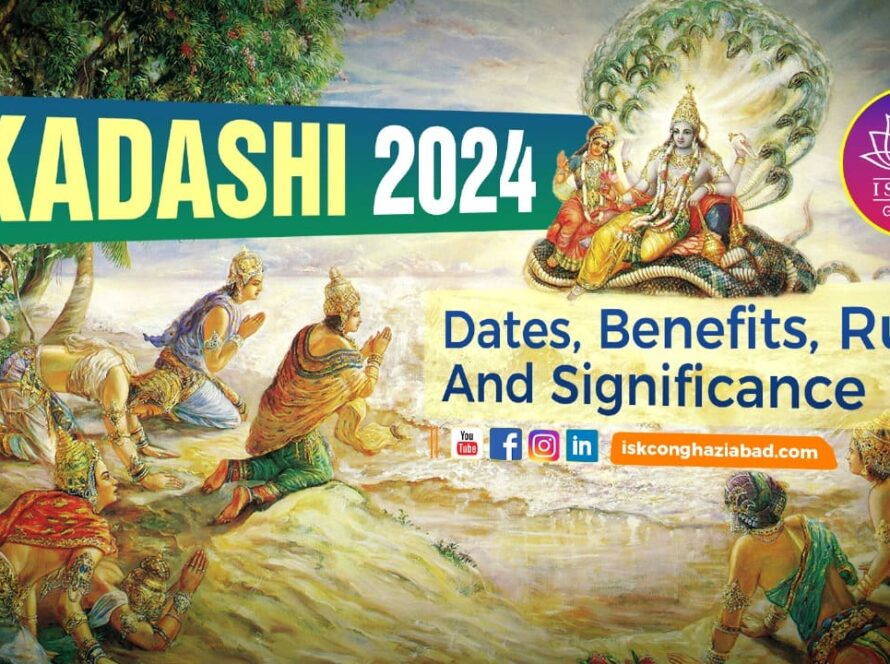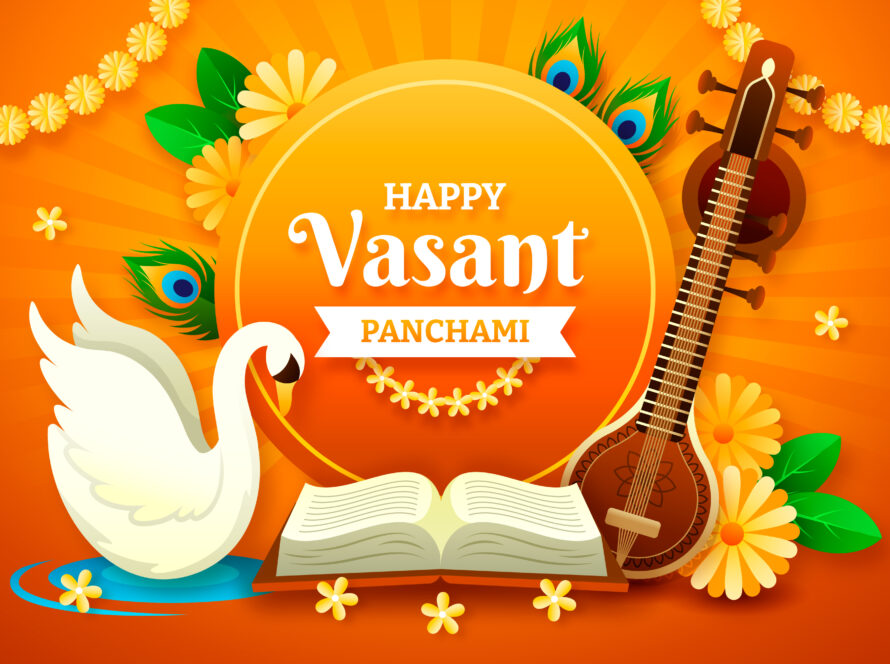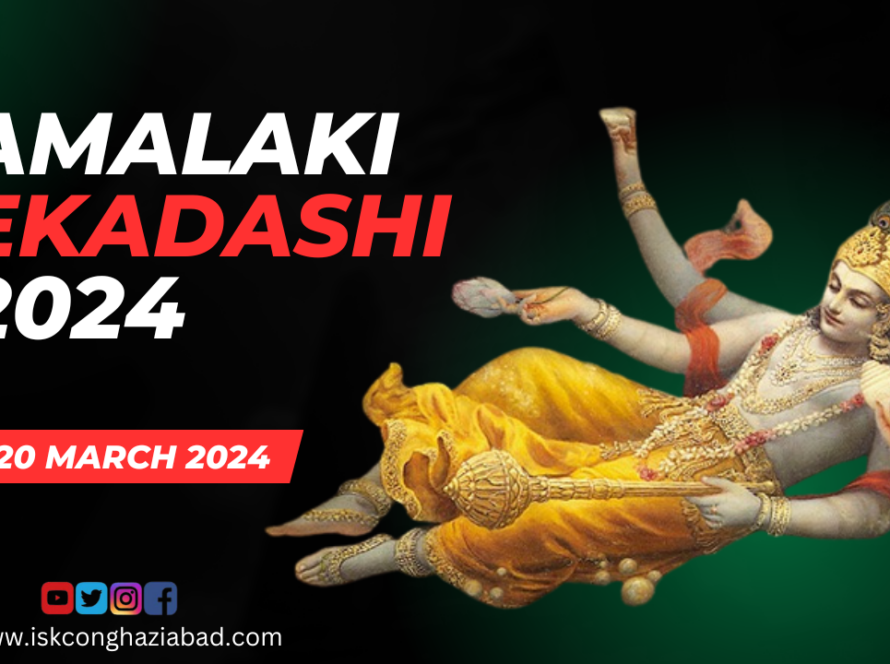Table of Contents
Ram Navami 2024 and Why is it Celebrated?
Celebrated with great devotion and enthusiasm among Hindus across the globe, Ram Navami is a day that marks the birth of Lord Rama, the seventh incarnation in the Dashavatara. Scheduled for the 17th of April in 2024, this religious festival is not just a day but a culmination of spiritual activities that span over nine days, known as Chaitra Navratri, leading up to Ram Navami. It’s a time when the air is filled with the enchanting tales of Lord Rama’s heroics and teachings, resonating deeply with the values of dharma (righteousness) and the victory of good over evil.
Traditionally, the day is observed by fasting, singing bhajans (devotional songs), and reading from the Ramayana – the epic saga that chronicles Lord Rama’s life journey. Temples decorate their premises gloriously, and the faithful throng to offer prayers, seeking blessings for prosperity, health, and happiness. The celebration of Ram Navami is not just limited to India; it’s a day of significance for Hindus worldwide, making it a global observance of faith, devotion, and cultural heritage.
Seva Opportunities
The construction of Radha Krishna temple has started again. Help us to build Radha Krishna temple.
Donate cement and Radha Naam Bricks and receive immense blessings from Shri Radha Krishna
“He who builds or helps in building a temple will save his father, grandfather and the eight tirthas of his ancestors from going to hell” – Vamana Purana.
Get Benefit Under 80G on Donations Made at ISKCON
History and Significance of Ram Navami
Ram Navami is not just a day on the calendar; it’s a profound celebration that marks the embodiment of dharma, virtue, and righteousness through Lord Rama’s birth. This Hindu festival, observed on the ninth day (Navami) of the Chaitra month (March-April), captures the essence of moral values and the principle of good over evil. Let’s delve into its roots and understand why it holds a place of reverence in the hearts of millions.
Origin of Ram Navami
The story behind Ram Navami takes us back to ancient scriptures, mainly the Ramayana. According to Hindu mythology, Lord Rama was born to Queen Kaushalya and King Dasharatha in Ayodhya. His birth was a divine answer to the king’s intense prayers for offspring. Lord Rama, came into this world to slay the demon king Ravana, thereby relieving the earth of his tyranny. The specific mention of his birth at noon on Navami lends the precise timing to the festival’s observance, making it a day steeped in spiritual significance and historical depth.
Significance of Lord Rama’s Birth
The birth of Lord Rama is not merely a historical event but a symbol of hope, courage, and the triumph of righteousness. He is revered as the epitome of virtue, a man of principles, and an ideal king, son, brother, and husband. Celebrating Ram Navami goes beyond commemorating an individual—it’s about imbibing the values he stood for. His life’s journey, depicted in the Ramayana, provides lessons in duty, honor, and the importance of adhering to one’s principles, making this festival a reflective occasion for devotees.
Offer Your Seva
Iskcon Ghaziabad distributes free meal to needy people everyday.
Join us by making a kind contribution to provide the prasadam to needy people on the occasion of Ram Navami.
Scriptures mention food (prasadam) distribution as one of the most charitable acts. Food (prasadam) distribution is a tradition that dates back to ancient times. Prasadam is infused with blessings. It not only nourishes the body but it energizes the soul one with unlimited blessings of Lord Ram.
Please donate generously and do not miss this unique opportunity to receive the unlimited blessings of Lord Ram. Contribute to help us make this this occasion very special.
AVAIL 80G BENEFITS ON THE DONATIONS MADE TO ISKCON
Celebrations Across India
From north to south and east to west, Ram Navami sweeps across India in a wave of festivities, each region adding its color to the celebration. Despite the differences, the core sentiment of celebrating Lord Rama’s virtues unites the diverse practices. Let’s explore how this day is observed across various parts of the country, keeping the essence of devotion alive in myriad ways.
Regional Variations in Ram Navami Celebrations
North India:
In the northern regions, the day is celebrated with immense joy. Temples organize special pujas (prayers) and recite verses from the Ramayana. The air is filled with bhajans (devotional songs) and kirtans (group singing) honoring Lord Rama’s life and virtues.
South India:
The southern states have their unique take, with a focus on music and classical concerts (Carnatic music). Devotees often fast till noon, the time believed to be Lord Rama’s birth hour, and then participate in community feasts.
West India:
Here, processions are quite popular. Idols of Rama, Sita, Lakshman, and Hanuman are paraded on the streets, accompanied by music and dance, spreading joy and spirituality.
East India:
Particularly in West Bengal, devotees immerse themselves in reading the Ramayana, while temples become the centers for cultural performances and spiritual discourses.
Festivities in Ayodhya and Other Sacred Places
Ayodhya, the birthplace of Lord Rama, holds a central place in the celebrations of Ram Navami. The city comes alive with throngs of pilgrims from all corners of the country and beyond. The energy is palpable, with the sounds of bells, chants, and hymns filling the air. The main temple, KanakBhavan, sees elaborate rituals, while the Sarayu River witnesses thousands taking a holy dip, believing in the purification of the soul.
Beyond Ayodhya, places like Rameswaram in Tamil Nadu, Bhadrachalam in Telangana, and Sitamarhi in Bihar, each associated with episodes from the Ramayana, celebrate Ram Navami with their local flavors and traditions. These pilgrimages offer a blend of devotion, culture, and history, making Ram Navami a multifaceted observance across the landscape of India.
In closing, Ram Navami is not just a day of religious significance; it’s a cultural phenomenon that underscores the values of virtue, devotion, and moral living. As April 17, 2024, approaches, the anticipation builds not only for the celebrations but also for the opportunity to reflect on the principles Lord Rama embodied. Whether through fasting, feasting, singing, or engaging in acts of kindness, observing Ram Navami rekindles a sense of duty toward righteousness and the welfare of the community, making it a revered occasion in the Hindu calendar.
Offer Your Seva On The Occasion of Ram Navami
Sadhus are those who engage in the service of Lord Krishna and have surrendered completely themselves to Lord Krishna. They perform kirtans in temples and serve the societies by spreading the teaching of the Shrimad Bhagavad Gita.
Lord Krishna is more Pleased when sadhus are served. Kindly Donate to feed Sadhus on the occasion of Ram Navami and get the spiritual shower of blessing and success in your life.
AVAIL TAX BENEFITS UNDER 80G ON THE DONATIONS MADE TO ISKCON
Traditions and Rituals of Ram Navami 2024
The celebration of Ram Navami, observed on the 17th of April in 2024, marks a pivotal moment in the Hindu calendar. The traditions and rituals associated with this festive occasion are diverse and rich, reflecting the cultural and spiritual ethos of Hinduism. Let’s delve into some of the key practices that bring the essence of Ram Navami to life.
Recitation of Ramayana
At the heart of the Ram Navami celebrations is the recitation of the Ramayana, an epic poem that narrates the life of Lord Rama, his devotion to dharma, the virtues of righteousness, and the triumph of good over evil. This epic, composed by the sage Valmiki, is not just a story; it is a philosophical and spiritual guide. Families gather together to read the Ramayana or attend public recitations. These sessions are often accompanied by insightful discussions and reflections on the teachings of Lord Rama, making the epic an enduring source of spiritual wisdom and guidance. The Ramayana serves as a mirror, reflecting fundamental values and principles that resonate with the human quest for morality and virtue.
Fasting and Prayer
Fasting (or observing a Vrat) is another pivotal tradition of Ram Navami. Devotees undertake this spiritual discipline with a sense of deep devotion and penance. The fast may vary from person to person; some observe a strict fast without water, while others may opt for a partial fast, consuming fruits and specific foods considered pure and satvik (virtuous). The underlying intention is to cleanse the body and mind, making them fit vessels for divine blessings. Prayer ceremonies, invoking the blessings of Lord Rama, are held in homes and temples. Chants and hymns praising Lord Rama fill the air, creating an atmosphere of devotion and reverence. This practice not only honors the deity but also reinforces the values of sacrifice, purity, and self-discipline among the faithful.
Processions and Bhajans
Ram Navami is characterized by vibrant processions and the singing of bhajans (devotional songs) in praise of Lord Rama. These processions, often accompanied by music and dance, bring communities together, creating a tapestry of communal harmony and shared joy. Effigies and idols of Lord Rama, along with those of his consort Sita, brother Lakshmana, and devotee Hanuman, are beautifully adorned and taken through the streets, allowing everyone to partake in the divine blessings. The singing of bhajans is not just a musical tradition but a medium through which stories of Lord Rama’s life, his deeds, and teachings are passed down through generations. This blend of art, faith, and culture captures the true spirit of Ram Navami, making it a poignant reminder of the enduring legacy of Lord Rama’s life and teachings.
The Spiritual Importance of Ram Navami
Ram Navami goes beyond just a celebration; it’s a deeply spiritual event for many. This festival embodies the essence of dharma (righteousness) and bhakti (devotion), core principles in Hinduism. It’s a day when devotees reflect on Lord Rama’s life, acknowledging his role as a model of virtue and an embodiment of the supreme being. Observing Ram Navami can inspire individuals to embody these qualities in their own lives, fostering a sense of peace and moral clarity.
Dharma:
Lord Rama’s adherence to duty, despite the trials he faced, encourages followers to uphold their responsibilities with integrity.- Bhakti: The intense devotion of Lord Rama’s devotees, from Hanuman to the common people of Ayodhya, illustrates the power of faith and unwavering devotion to the divine.
- Compassion and Kindness: Emulating Rama’s compassion towards others, regardless of their status or background, reinforces the value of kindness and understanding in our interactions.
Moreover, chanting Rama’s name and listening to his story during Ram Navami is believed to purify the mind and soul, guiding devotees closer to getting back to Godhead. The spiritual practices and rituals undertaken on this day – from fasting to participating in satsangs (spiritual gatherings) – serve not only as acts of worship but as tools for self-improvement and spiritual enlightenment.
Celebrating Ram Navami is thus a profound experience that connects the material to the spiritual, offering a moment to pause, reflect, and align one’s actions with higher principles of righteousness and devotion.
